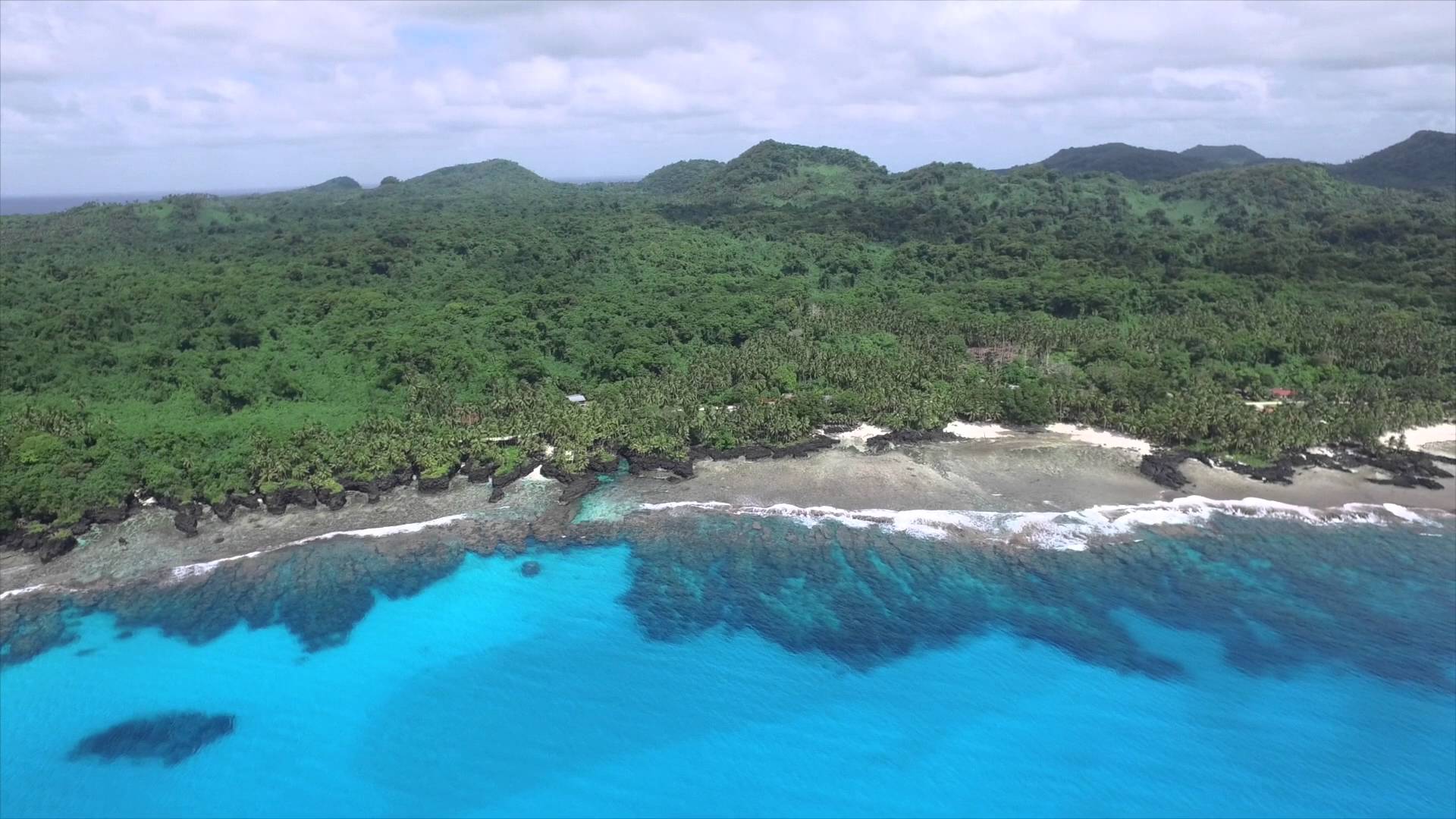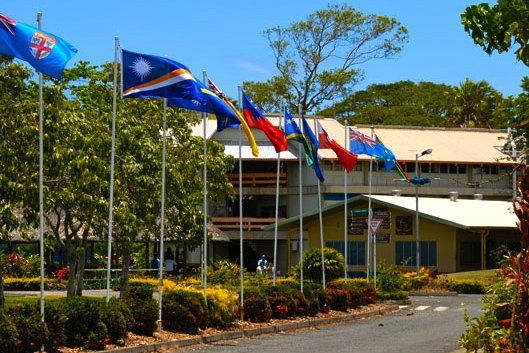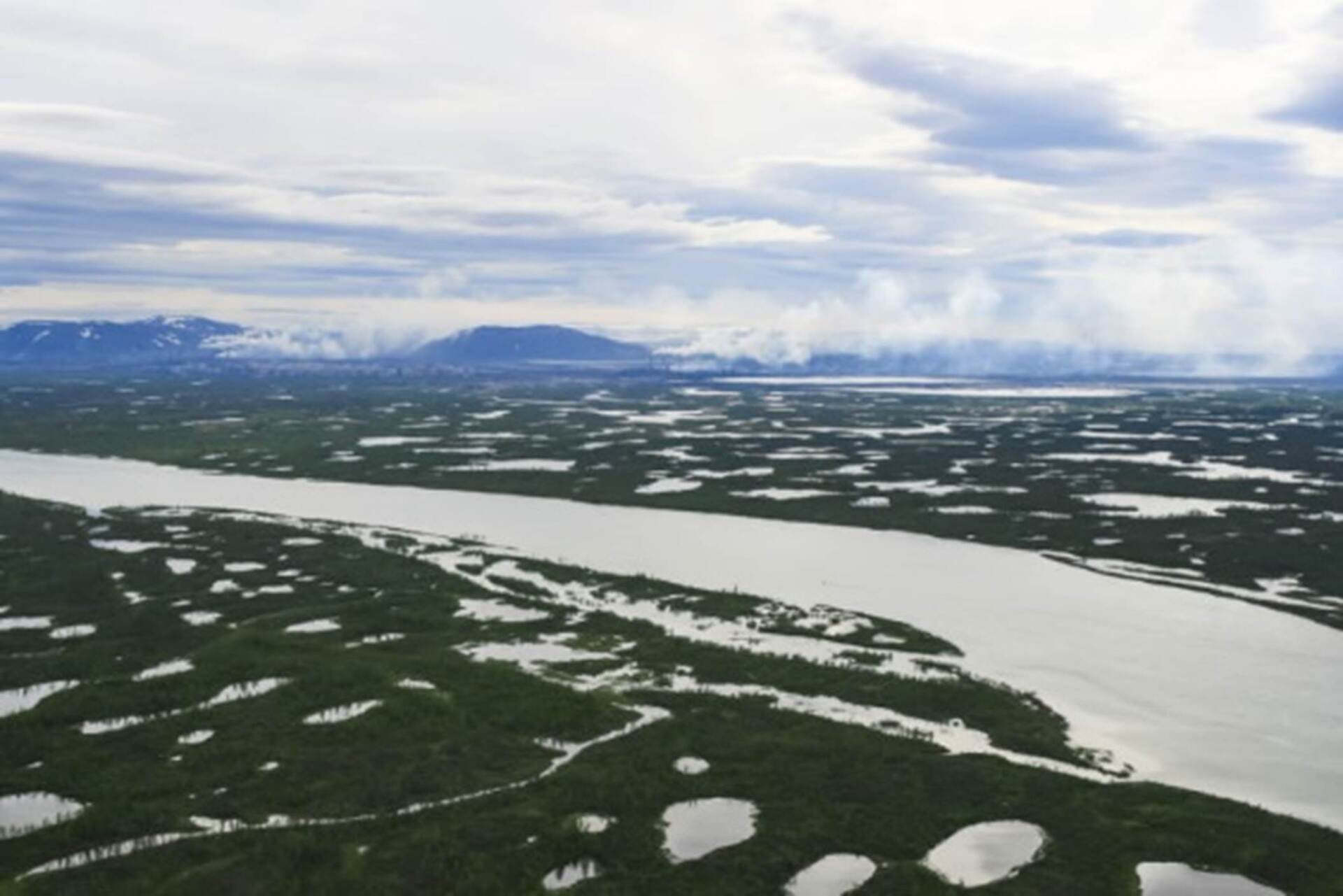Point of Use Solutions

22 July 2022 By Janina Rhea A. Lazo-Cruz Consulting Engineer for Nikua Training Center
"Water, water everywhere, and not a drop to drink."
The poem by Samuel Taylor Coleridge is said to have been inspired by the Sargasso Sea. Few people have experienced this phenomenon first-hand, but many of us have experienced the same problem while traveling to remote areas with unreliable access to safe drinking water. According to the Center for Disease Control and Prevention, over 1 billion people do not have reliable access to safe water. This can lead to a multitude of health concerns including cholera, diarrheal diseases, dysentery, typhoid fever and hepatitis A. Good thing though, there are several Point of Use technologies that can provide adequate treatment for drinking water. Below are a few commonly used water treatment technologies for use in areas without reliable access to safe drinking water.
Boiling is the most frequent method of disinfecting water, and WHO considers it to be "the simplest and most effective technique to destroy all disease-causing pathogens." It allows for pasteurization of microorganisms, which reduces the overall microbial load in the water. However, depending on the fuel used, it may be ecologically and economically unsustainable.
Chlorine is a low-cost, easy-to-use water treatment technology that disperse disinfectant efficiently against waterborne germs and diseases. It has been shown to be an excellent supplementary precaution when utilizing basic filtering, such as a slow sand filter, since it successfully eliminates disease-carrying bacteria, particularly when turbidity has been decreased.
Electric dosing pumps are a typical chlorination method used all over the world. This method injects a predetermined amount of liquid chlorine into community water distribution networks. Although effective in wealthier areas, technologies that rely on power sources and complicated designs are prone to failure in rural and impoverished communities due to unpredictable power and a lack of infrastructure. Furthermore, chlorine is ineffective against parasites or for reducing turbidity, and it can leave a strong odor and/or an unpleasant taste.
Vestergaard Frandsen, an international humanitarian technology business located in Switzerland, created the LifeStraw, a portable water filter. It is simple to use, adaptable to a wide range of situations, and do not require energy or moving parts. Like a drinking straw, water flows through the cylindrical filter due to a pressure differential produced by suction. Water flows through several chambers in the LifeStraw's 9-inch length. First, the water passes through layers of mesh with micrometer-sized gaps, capturing the bulk of microorganisms and turbidity causes. Following the mesh, the water enters a chamber containing iodine-coated beads, which kill any remaining germs. Finally, the water is passed through a chamber containing active carbon to eliminate the iodine flavor.
The LifeStraw family unit exceeds WHO’s requirements for "very protective" microbial water purifiers. However, it has downsides such as a limited lifetime of up to three years, poor capacity, and Outsourced technology built in undeveloped regions using locally scarce resources.
Water disinfection can also occur with the help of solar energy. When left out in the sun, the Puralytics SolarBag transports and purifies 3.5 L of water and features an indicator that tells the user when the water is safe to drink. On a bright day, the filter will finish purification in 2-3 hours, whereas on an overcast day, it would take 4-6 hours. The SolarBag's interior features a nanotechnology coated mesh that activates when it comes into touch with UV rays from the sun. This sets off five distinct photocatalytic reactions in the water.
1. Photocatalytic oxidation – an oxidation that uses hydroxyl radicals generated by light-activated molecules.
2. Photolysis – the disruption of molecular bonds in many chemical substances when subjected to certain wavelengths of light.
3. Photocatalytic reduction – conversion of a harmful pollutant into a less toxic form using a photocatalyst.
4. Photoadsorption – the absorption of pollutants to a surface caused by light, such as heavy metals.
5. Photodisinfection – disinfection of water by destroying DNA molecules with several light bands.
Although photodisinfection is easy and often efficient, it does have certain drawbacks. The method, most notably, has no effect on the presence of chemical pollutants. Furthermore, turbid water scatters sunlight and can prevent disinfection from occurring deeper than a few millimeters.
Slow sand filtration has been used as a water treatment method for hundreds of years because it is particularly successful at eliminating particles, germs, pathogens, and undesirable compounds. David Manz invented the BioSand Filter (BSF) in 1990 as a household-sized version of slow sand filtration. It was created for families in places with insufficient water treatment and delivery infrastructure.
A concrete body, filtering material, and a PVC pipe system make up the BioSand Filter. Water is put into the filter's top, passes through the media, and is then propelled up the PVC pipe to the exit. This device removes contaminants through the following mechanisms:
• Mechanical trapping: Small particles, such as microorganism and silt, are trapped within the spaces of the sand grains.
• Absorption: Suspended substances in the water attach to the surfaces of the sand particles due to molecular forces.
• Biologically active layer: This layer comprises of a group of organisms that increases the filter’s ability to remove bacteria and parasites. This layer assists in capturing organic matter, particles, a variety of bacteria and pathogens, and also heavy metals such as iron and arsenic.
The technologies described above are widely utilized across the world. Aside from these, Nikua Training Center offers affordable solutions for those who inhabit such areas or are concerned about their family's safety should disaster strike.







